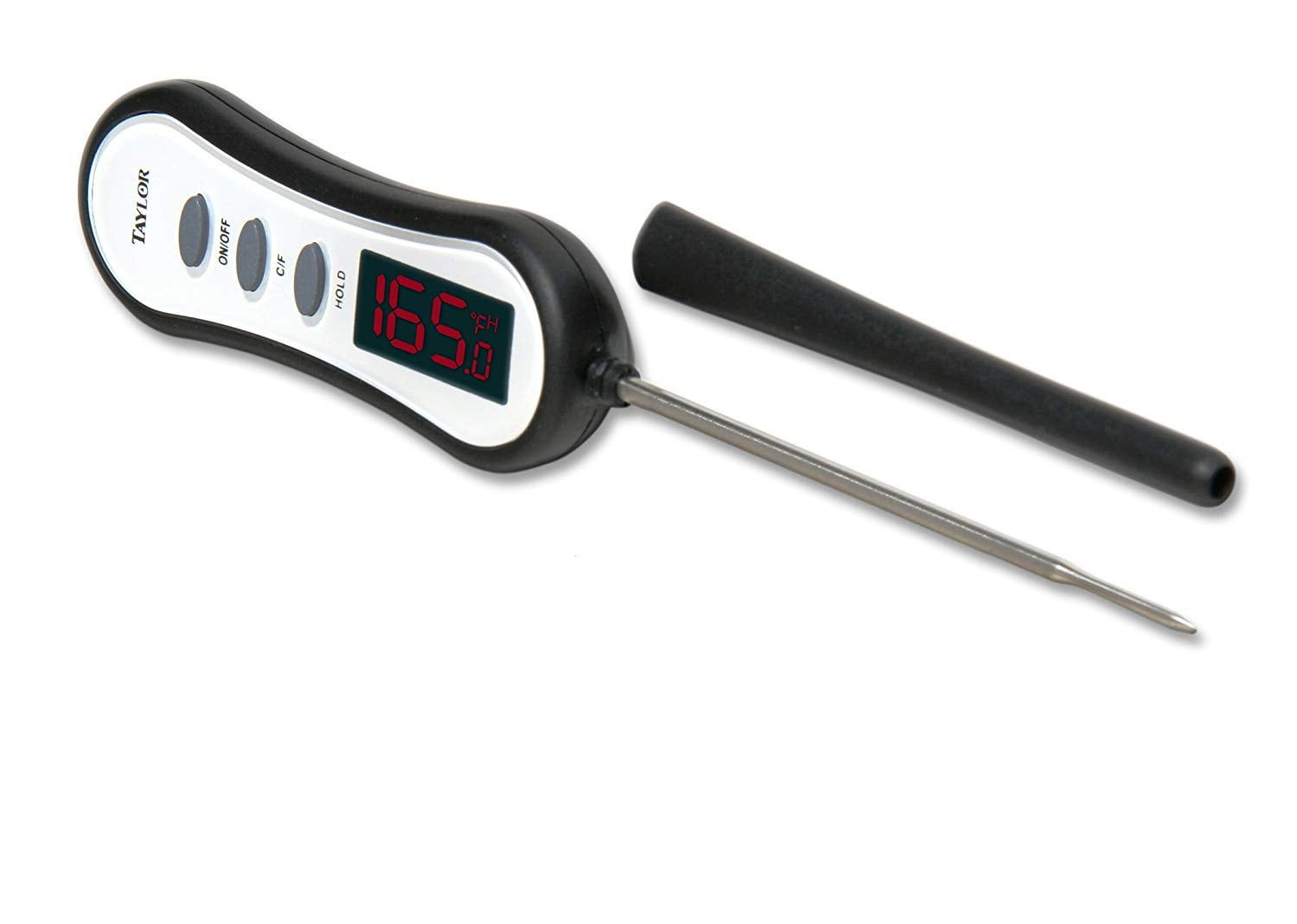

- Disk health error temperature 54 degrees celsius code#
- Disk health error temperature 54 degrees celsius license#
įunding: ISRIC is a non-profit organization primarily funded by the Dutch government.
Disk health error temperature 54 degrees celsius code#
All the code used to generate SoilGrids250m predictions is fully documented via.

SoilGrids250m data has already been released in July 2016 (see: ) Access to SoilGrids maps is provided via a soil web mapping portal at through a Web Coverage Service (WCS) and via the SoilInfo App, hence access to data is without restrictions.
Disk health error temperature 54 degrees celsius license#
This is an open access article distributed under the terms of the Creative Commons Attribution License, which permits unrestricted use, distribution, and reproduction in any medium, provided the original author and source are credited.ĭata Availability: SoilGrids are available under the Open Database License (ODbl) v1.0 and can be downloaded from and/or without restrictions. Received: AugAccepted: DecemPublished: February 16, 2017Ĭopyright: © 2017 Hengl et al. Pacific Northwest National Laboratory, UNITED STATES (2017) SoilGrids250m: Global gridded soil information based on machine learning. SoilGrids are available under the Open Data Base License.Ĭitation: Hengl T, Mendes de Jesus J, Heuvelink GBM, Ruiperez Gonzalez M, Kilibarda M, Blagotić A, et al. up to 50 m spatial resolution) so that increasingly more accurate, complete and consistent global soil information can be produced. Another area of future research is the development of methods for multiscale merging of SoilGrids predictions with local and/or national gridded soil products (e.g.

Further development of SoilGrids could include refinement of methods to incorporate input uncertainties and derivation of posterior probability distributions (per pixel), and further automation of spatial modeling so that soil maps can be generated for potentially hundreds of soil variables. Improvements can be attributed to: (1) the use of machine learning instead of linear regression, (2) to considerable investments in preparing finer resolution covariate layers and (3) to insertion of additional soil profiles.

Improvements in the relative accuracy considering the amount of variation explained, in comparison to the previous version of SoilGrids at 1 km spatial resolution, range from 60 to 230%. The results of 10–fold cross-validation show that the ensemble models explain between 56% (coarse fragments) and 83% (pH) of variation with an overall average of 61%. 150,000 soil profiles used for training and a stack of 158 remote sensing-based soil covariates (primarily derived from MODIS land products, SRTM DEM derivatives, climatic images and global landform and lithology maps), which were used to fit an ensemble of machine learning methods-random forest and gradient boosting and/or multinomial logistic regression-as implemented in the R packages ranger, xgboost, nnet and caret. SoilGrids provides global predictions for standard numeric soil properties (organic carbon, bulk density, Cation Exchange Capacity (CEC), pH, soil texture fractions and coarse fragments) at seven standard depths (0, 5, 15, 30, 60, 100 and 200 cm), in addition to predictions of depth to bedrock and distribution of soil classes based on the World Reference Base (WRB) and USDA classification systems (ca. This paper describes the technical development and accuracy assessment of the most recent and improved version of the SoilGrids system at 250m resolution (June 2016 update).


 0 kommentar(er)
0 kommentar(er)
